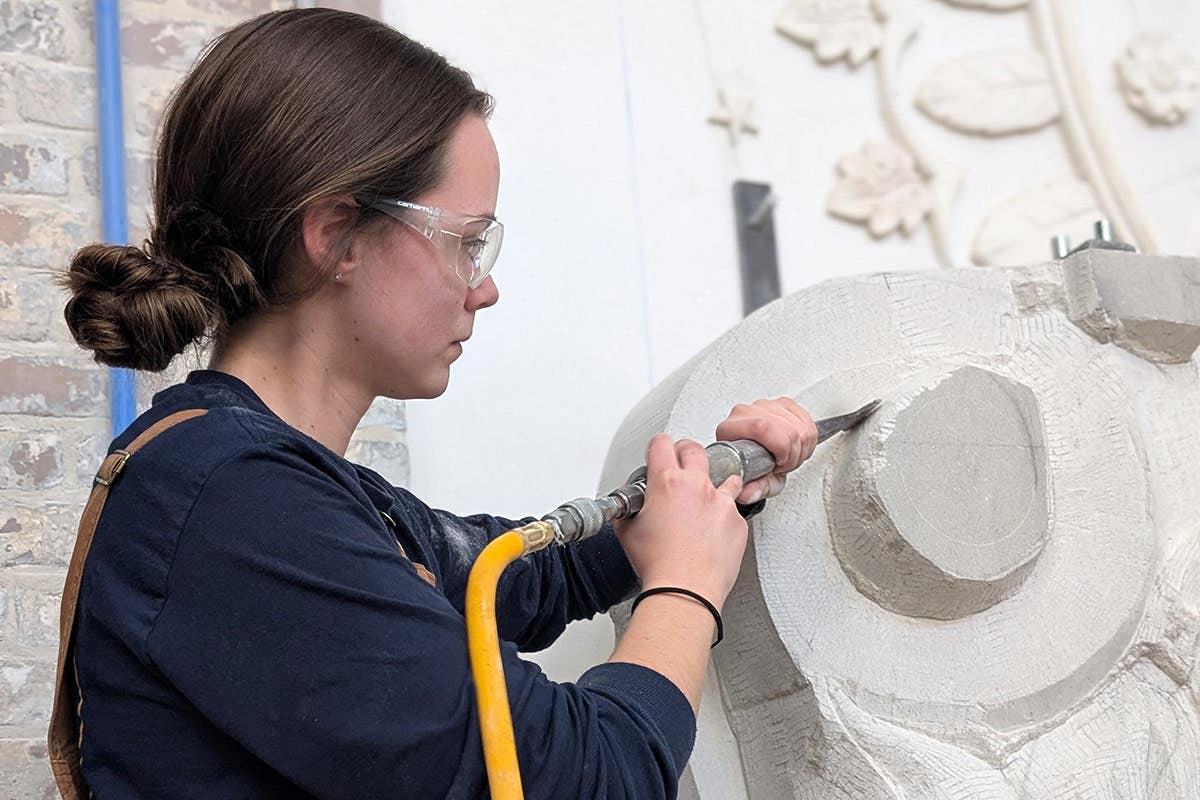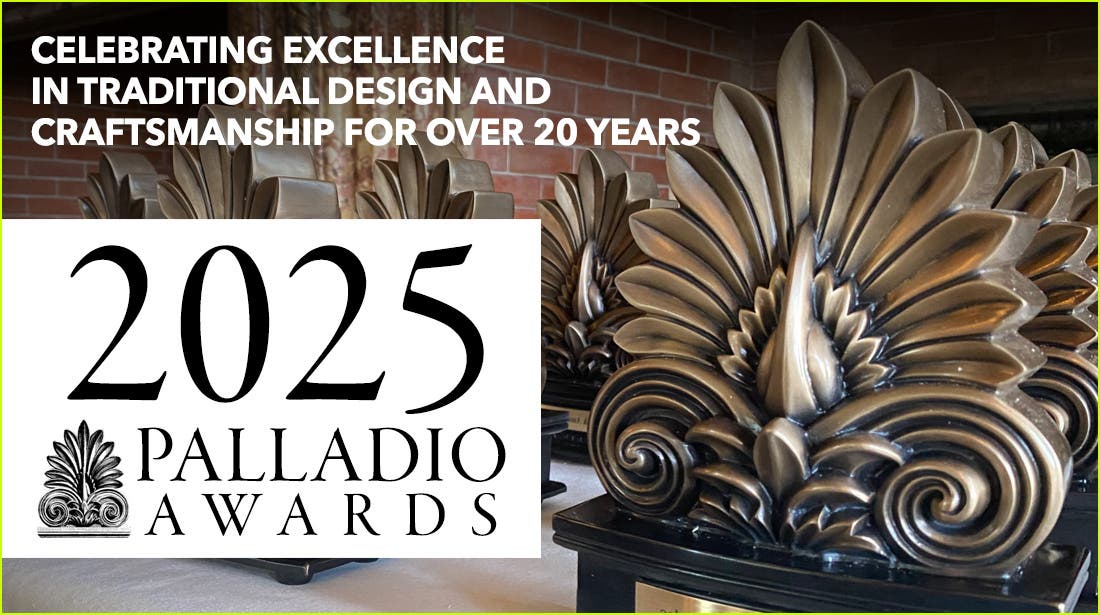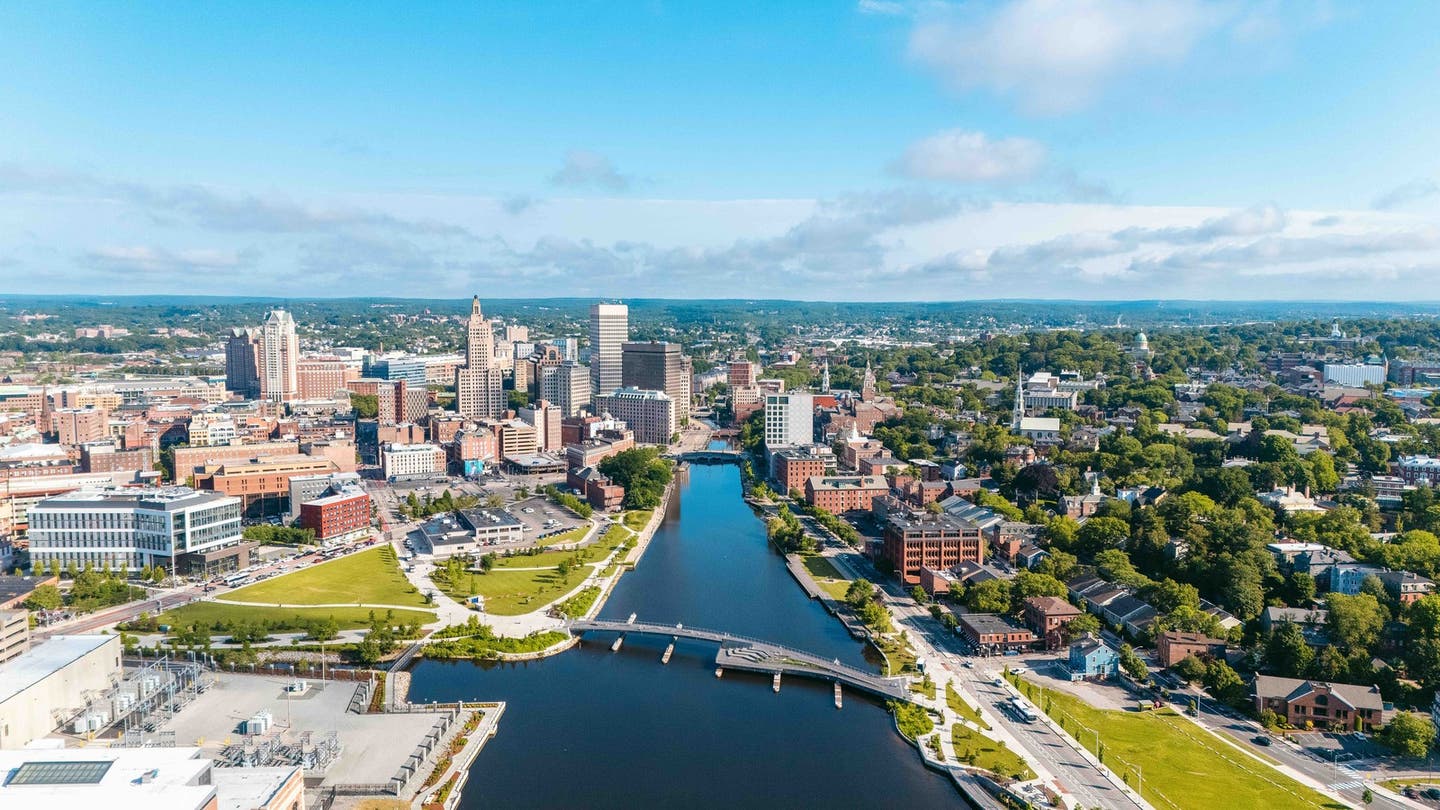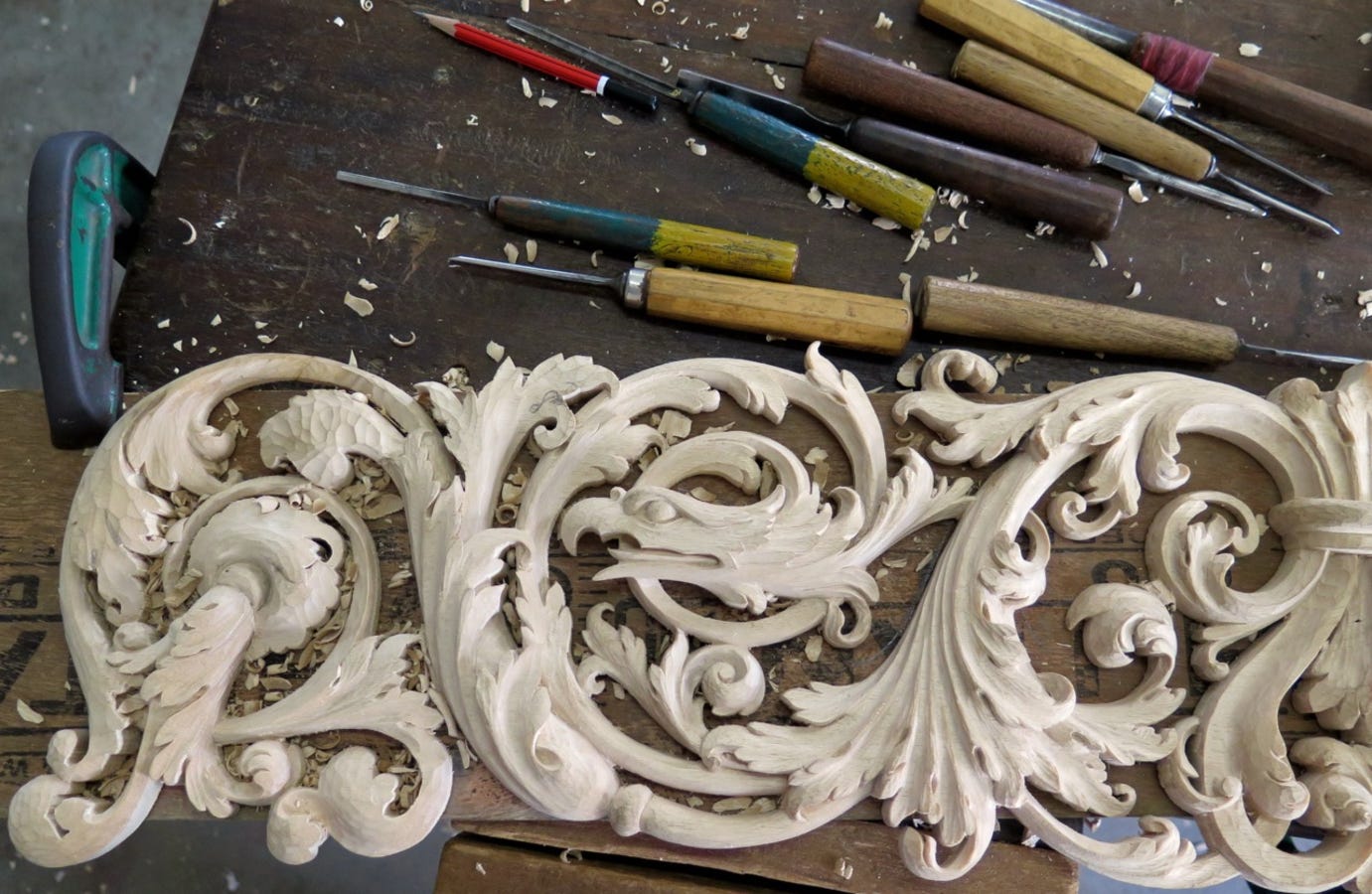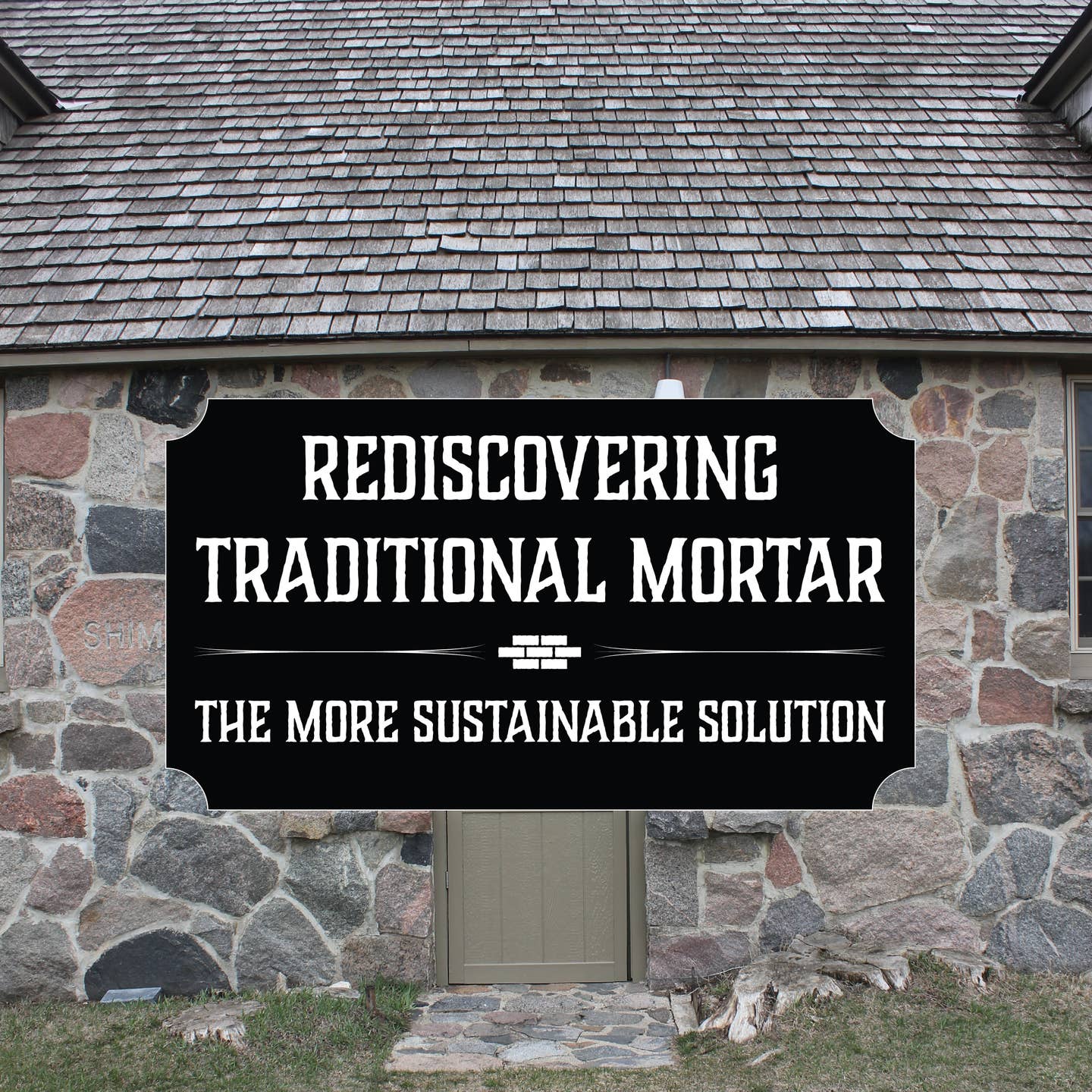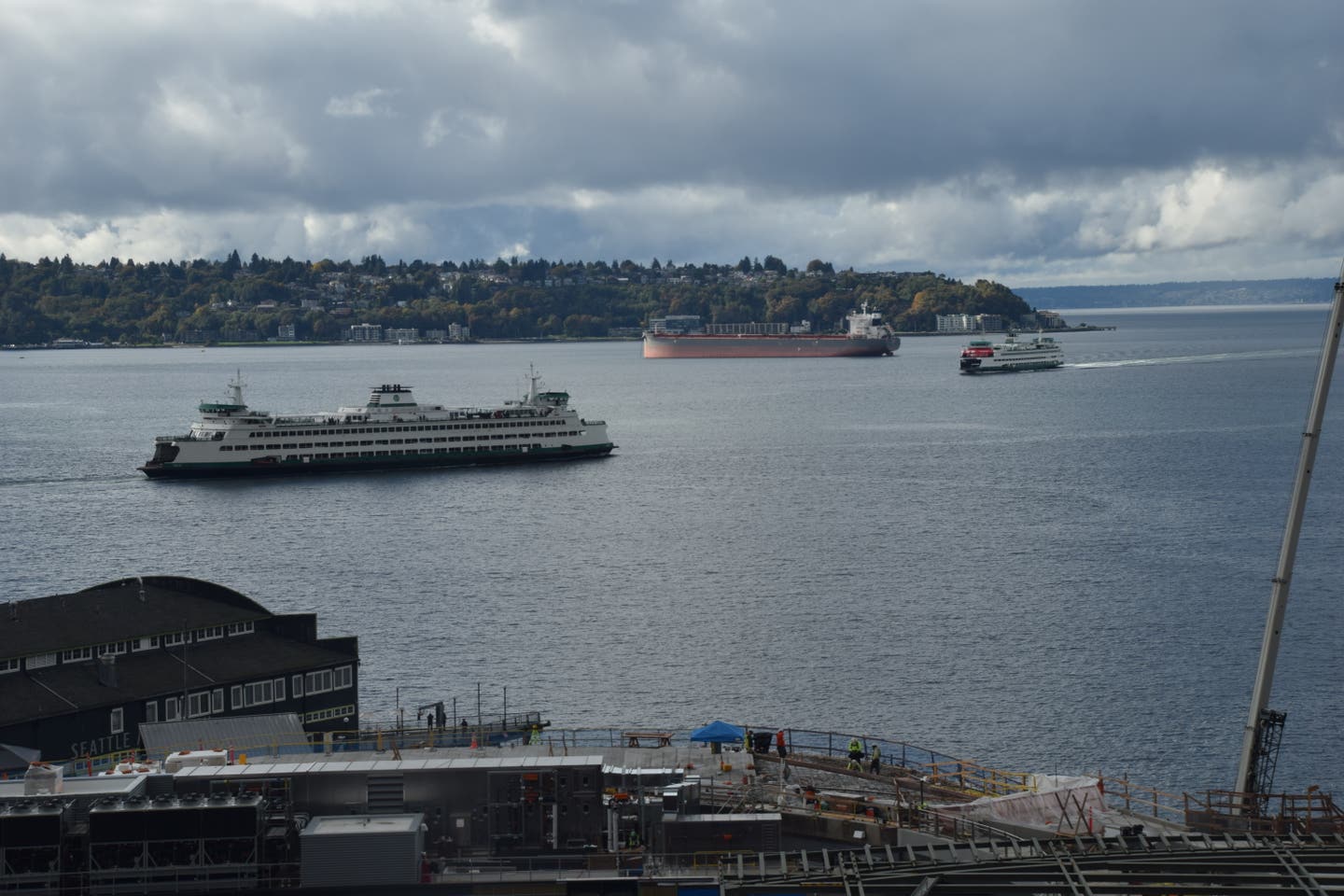
News
Lessons From APTI Seattle Conference
October 2023 landed me in Seattle, Washington, for the annual conference of the Association of Preservation Technology International (APTI.org), the multidisciplinary organization dedicated to promoting the best technology for conserving/preserving historic structures and their settings.It’s a yearly meeting of the minds that I’ve attended periodically since the 1980s, and over four days of 60-plus education sessions, workshops, and events, I was honored to present a paper of my own, as well as check in with firm principals, architects, practitioners, friends, and current trends. APT’s mission is to “advance appropriate traditional and new technologies to care for, protect, and promote the longevity of the built environment,” and the theme of this year’s conference,“The Future of Tech,” hit that mark on many levels. As APT president Taryn Williams explainedin her welcome remarks, “We are each here to receive knowledge… but we are also here to share our experience and expertise with others.”
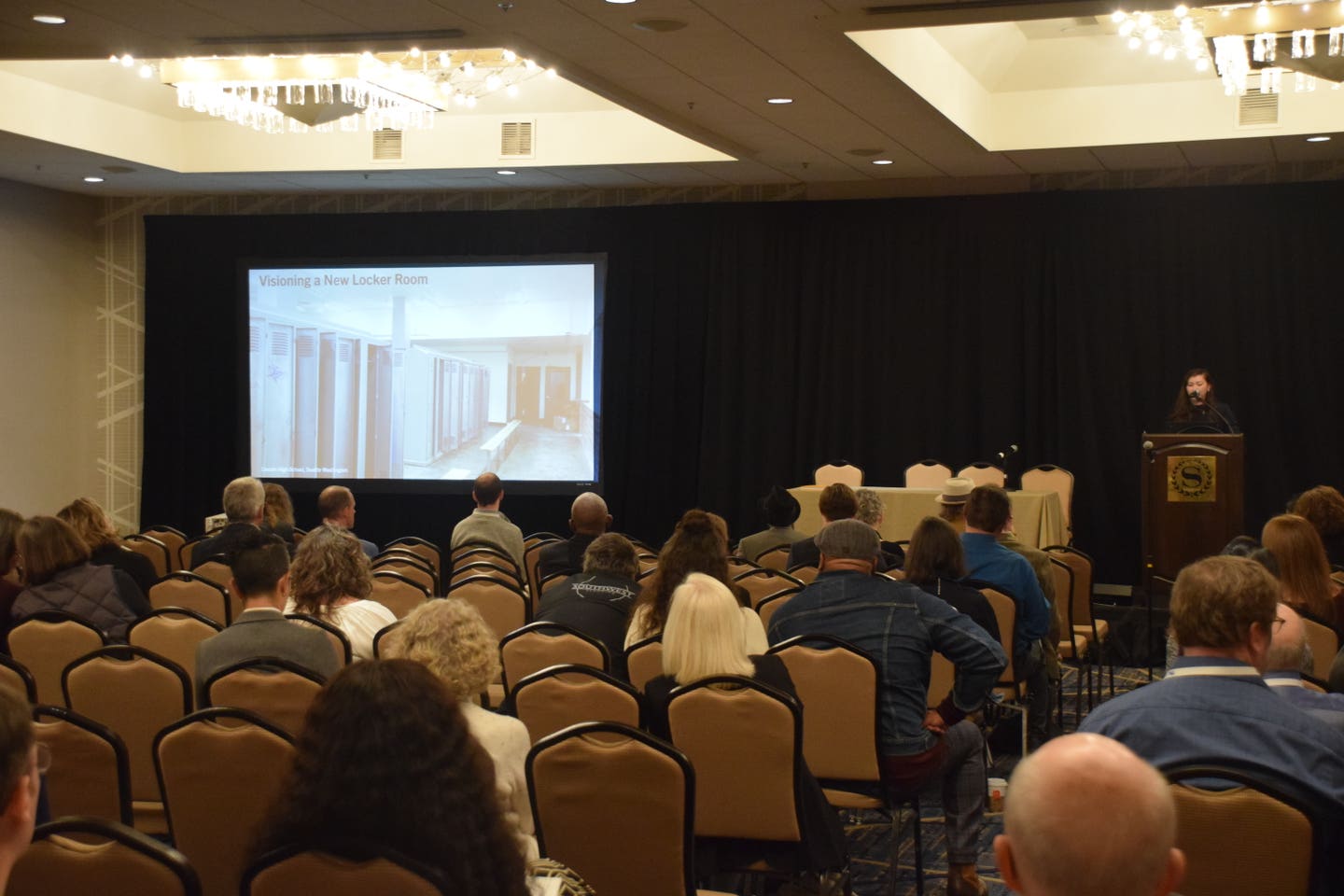

Organizing sessions around three thematic tracks—technology, environment, and cultural heritage—the presentations were wide-ranging, cutting across diverse building types as well as ages, locations, and countries. The thrust was typically how to apply contemporary—even cutting-edge—tools or technologies to understand and maintain building materials that might be centuries, or just decades, old. With sessions running concurrently, there was much more to learn than this mind could absorb at once, but among the subjects I took in the following trends stood out.
Applying Non-Destructive Testing (NDS) to Historic Buildings was a common thread acrossmany presentations. As one might imagine, being able to assess building conditions without affecting the historic fabric is highly valuable, especially for materials like decorative surfaces. Aprime example was the paper “Comparing Non-destructive Evaluation Techniques to Predict Plaster Failures,” a case history at the 1738 Drayton Hall in Charleston, South Carolina.Renowned for its unrestored, original decorative plasterwork, here Patricia Lowe Smith and Amalia Leifeste compared the results of assessing the famous decorative ceiling with 1) GPR(ground/surface penetrating radar); 2) IRT (infrared thermal imaging), which is useful for seeing voids and cracks; and 3) XRR (X-ray reflectometry), an analytical technique used to characterize surfaces, thin films, and multilayers.
Cost-Effective Technology was the pointed payoff of two and more presentations, demonstrating that NDS and other high-tech tools don’t have to be the stuff of expensive, exotic equipment. For example, in “Renovating a Pacific Northwest Mid-Century Gem,” April Ng explained how low-cost tools—iPhone, digital camera, and hand-held laser scanner—were put to work at Loom House, a 1968 modern dwelling on Bainbridge Island, Washington. Built with characteristic mid-century features, such as expansive glass and assemblies spanning interiors and exteriors, the tools helped improve energy efficiency when adding triple-pane insulated glass, identifying thermal bridging, and addressing air infiltration.
In the same vein was “Scanning using a Smartphone for Heritage Conservation,” where presenter Ye Hong described how smartphones and tablets, when coupled with built-in sensors, such as cameras or LIDAR (radar systems that use light) and computer software, can be cost-effective for capturing 3-D spatial data, as in documenting the master bedroom at Reunion House, a 1949-50 Richard Neutra residence in Los Angeles.
Artificial Intelligence (AI) may go down as 2023’s buzzword of the year, sending foreboding shudders through wide corners of the population, but in preservation diagnosis it’s already finding applications. As various papers indicated, with human oversight AI can not only help crunch the large volumes of data delivered by drones, it has the potential to, say, rate the severity of cracks in masonry or plaster and even-cost out their remediation by length and quantity.
Environment and Sustainability has long been a concern for the historic building movement. Summer 2023 is also when climate change hit home in many parts of North America—think wildfires and torrential storms—and APT Seattle dedicated a whole track to Environment. A particular focus on Embodied Energy and Carbon Emissions (a contributor to greenhouse effect), came through presentations exploring how to assess, for example, the carbon benefit of infrastructure reuse and preservation.
Natural Disaster Impact on historic buildings was, of course, evermore impossible to ignore.New Orleans, which continues to recover from Hurricane Katrina, is now bolstering some of its historic infrastructure for future storms. As Torin McCue demonstrated in “Strengthening ofMasonry Structures for Hurricane Loads,” the United States Army Corps of Engineers is retrofitting the unreinforced brick masonry walls of NOLA’s 1890s-era pumping stations with stainless-steel re-rods and injection grout to resist the next “big one.”
Closer to home for this Maryland-based reporter was learning about “Base Isolating the Smithsonian Castle” by Margaret M. Cowie and Nathan Cowie. Never would I have believed my house sits in a seismic zone until pictures fell off walls in the 2011 Virginia earthquake. As a result, engineers are applying a west coast technology—inserting scores of flexible bearings—beneath one of Washington, D.C.’s most famous historic structures so that the earth can move without shaking the 1855 edifice to pieces.
Improving Performance of Past Technologies was the focus of many papers. For instance, in“Illustrious Obscuritas: Restoring Prism Glass Transoms to Maximize Daylight,” Neal Vogelexplained how these early-20th-century, windowlike devices were designed and built to push natural light into storefronts and offices. The principal of contracting firm Restoric LLC in Chicago and a longtime colleague and friend, Neal showed how he addresses their various installations and aging construction materials, such as solarized (color shifted) glass and weathered metal frames.
In the same morning was “Resurrecting the Past: Preservation of a 118-Year-Old Stained Glass Inverted Dome in Oakland, California.” Here, Ariana Makau reviewed the ways her team disassembled and restored a large, bowl-shaped, art-glass laylight prone to the pull of gravity (as well as collecting debris), then reinstalled it with a state-of-the-art suspension and protective system, allowing it to be maintained for another century.
The Recent Past built environment has long been in the forefront of APT’s purview, both recognizing the value of these just-historic structures and responding to the uncommon needs of their upkeep and continued use. One of the paradoxes of preservation is that buildings andmaterials as “modern” as the 1950s and 1960s are not only now facing major rehabilitation and reuse cycles but, because they often incorporate innovative materials and assemblies, hampered by little real canon of tested knowledge about their care and repair.
Recent Past buildings represented the basis of many presentations across the conference—including some of the aforementioned projects and even a Saturday Symposium on “Aging Composite Materials and Assemblies.” More specific was a paper on the 1963 Nicolet Cathedral in eastern Canada, where Eric Stein reviewed the work on its expressionist, multi-slope roof. Another mid-century modern presentation with a complex climate-technology spin, this time by Daniel S. Castele, delved into the roof retrofit at the 1960s River Park Mutual Homes in Washington, D.C.
Understanding Historic Construction was another theme underlying many papers and the title of my own team’s track. In “Accessible Database for Structural Assessment of Eastern Canada’s Old Unreinforced Masonry Buildings,” Lucy J. Davis gave a tour of techniques used to determine and inventory what’s behind the walls of many of Quebec’s earliest buildings —the very ones most vulnerable to seismic events. For “Evaluation of Cast Iron Spiral Stairs in Lighthouses,” engineer Craig M. Bennett explained how staircase designs vary widely—some conical, some tubular—and that stair loads were historically based on a lone lightkeeper carrying a tank of oil, not packs of tromping tourists. In “Modernizing the National Register of Historic Places Towards an Open Data Framework,” Matt Kelly proposed a digital database for improved access to the ever-growing honor roll of historic buildings. Then with “Getting a Handle on Hydraulic-Press Brick,” yours truly explored the innovative process that mechanized brick-making in the 19th century for constructing everything from Victorian row houses to the Chrysler Building, all the while yielding what is possibly the best brick (and the geekiest masonry material) ever made.
Of course, over several days of lectures there was much more to hear and learn about, including a whole track on Cultural Heritage with subjects like historic sites and slavery or LGBTQ. I look forward to catching up at next APTI conference, November 2024, in Montreal, Canada.
Gordon H. Bock is an architectural historian, instructor with the National Preservation Institute, and speaker through www.gordonbock.com.



